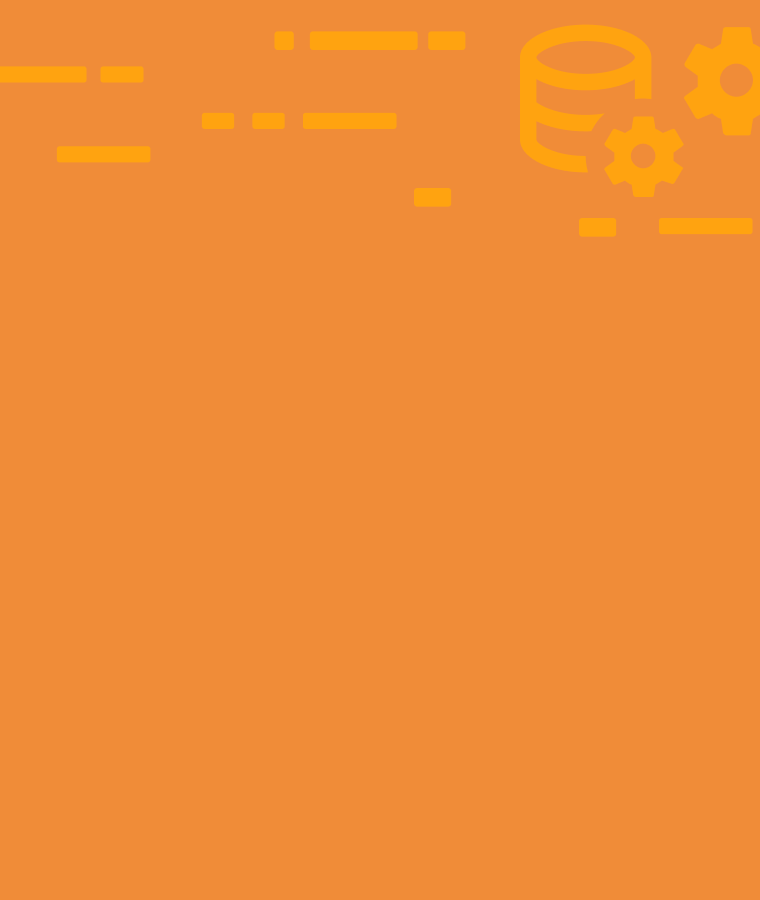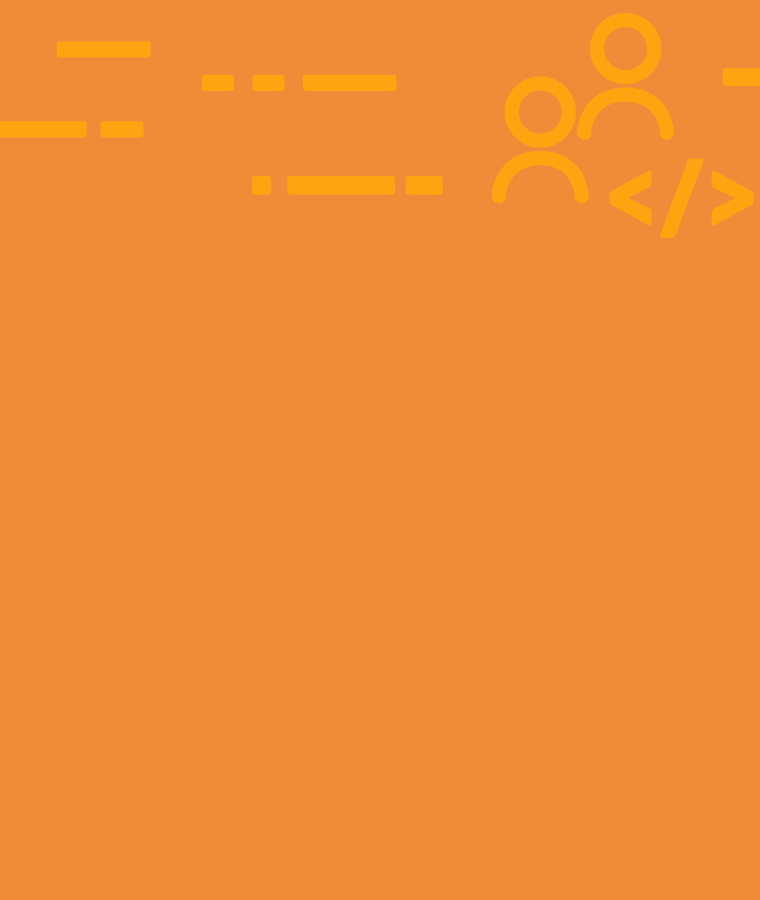
What is a database and how does it work
Are you curious about how your favorite apps and websites store and access your information? Have you ever wondered how companies manage to keep track of all their customer data? The answer is simple: databases!
Don’t let the term “database” intimidate you – it’s just a fancy word for a digital filing cabinet. Like a traditional filing cabinet, a database is a way to store and organize information. But instead of physical files and folders, a database uses digital tables and rows to keep track of data.
In this blog post, we’ll take a closer look at what a database is and how it works. But don’t worry – we won’t get too technical. We’ll use everyday analogies and real-world examples to make sure everyone can understand the basics. So let’s dive in and demystify the world of databases!
But… What is exactly a Database?
Simply put, a database is an organized collection of data that is stored in a computer system. Think of it like a digital filing cabinet where you can store all sorts of information, from customer names and addresses to product inventories and sales records.
How a Database Differs from a Spreadsheet
You might be wondering, “Isn’t a spreadsheet the same thing as a database?” While they share some similarities, there are some key differences. A spreadsheet is like a table that can hold a limited amount of information, and it’s great for basic calculations and analysis. On the other hand, a database is more like a warehouse that can hold a vast amount of data in a structured and organized way, making it easier to manage and analyze.
Common Types of Databases (Relational, NoSQL, etc.)
There are different types of databases, each with its own strengths and weaknesses. The most common type is the relational database, which stores data in tables with clearly defined relationships between them. This is useful for structured data, such as financial records or employee information. Another type is NoSQL databases, which are more flexible and can handle unstructured data like social media feeds or documents. Understanding the different types of databases and their uses can help you choose the best one for your needs.
But… What is exactly a Database?
A database is typically organized into tables, which consist of columns and rows. A column represents a specific piece of information about the items being tracked, while a row represents an individual item or record. For example, a table of customer information might have columns for name, address, and phone number, with each row representing a different customer.
Key database components (tables, columns, rows)
Tables are the most basic component of a database. They are composed of columns and rows, with each column representing a specific type of data and each row representing a single record or instance of that data. Tables can be related to each other through the use of keys, which are unique identifiers that are used to link records in different tables together.
In addition to tables, databases also typically include other components such as indexes, views, and stored procedures. Indexes help to speed up database queries by providing a fast way to look up data based on specific criteria. Views are virtual tables that provide an alternate way of looking at data in a database, while stored procedures are sets of pre-written code that can be executed to perform specific actions within the database.
How databases store and retrieve data
Databases store data on disk or in memory, depending on the type of database and the specific configuration. When data is added or updated in a database, it is written to the disk or memory so that it can be retrieved later. When data is requested from a database, the database system retrieves the relevant data from storage and returns it to the requesting application or user.
The way data is stored and retrieved in a database can vary depending on the specific database technology being used. For example, relational databases use a structured query language (SQL) to manipulate data, while NoSQL databases use a variety of different data models and query languages. However, the basic principles of data storage and retrieval remain the same across different types of databases.
Types of Database Management Systems
Introduction to database management systems (DBMS)
A database management system (DBMS) is software designed to manage and organize data in a database. It provides an interface between the user and the database, allowing users to easily store, retrieve, update and delete data. A DBMS also enforces security measures to ensure that only authorized users have access to the data.
Overview of different types of DBMS (relational, NoSQL, etc.)
There are several types of DBMS available, each with its own unique features and benefits. Some of the most common types include:
- Relational DBMS: A relational DBMS is based on the relational model, which organizes data into tables with rows and columns. Each row in a table represents a unique record, and each column represents a specific piece of information about that record. Relational DBMSs are widely used in business and finance applications.
- NoSQL DBMS: NoSQL DBMSs are designed to handle large amounts of unstructured or semi-structured data. They use a variety of data models, such as key-value, document, and graph, to store and retrieve data. NoSQL DBMSs are often used in web and mobile applications.
- Object-Oriented DBMS: An object-oriented DBMS is designed to store and manage complex data types, such as images, audio, and video files. It uses object-oriented programming principles to manage the data, treating each object as a separate entity.
- Hierarchical DBMS: A hierarchical DBMS organizes data in a tree-like structure, with each record connected to a parent record. It is often used in mainframe applications and is not as common as other types of DBMS.
Advantages and disadvantages of different types of DBMS
Each type of DBMS has its own set of advantages and disadvantages. Relational DBMSs are highly structured and can provide fast and efficient access to data, but they can be inflexible and difficult to scale. NoSQL DBMSs are highly scalable and can handle large amounts of data, but they may not provide the same level of consistency and data integrity as relational DBMSs.
Object-oriented DBMSs are ideal for managing complex data types, but they may be more difficult to set up and maintain than other types of DBMS. Hierarchical DBMSs can be fast and efficient for certain types of applications, but they are not as flexible as other types of DBMS.
Ultimately, the choice of DBMS will depend on the specific needs of the business or individual. It is important to carefully evaluate the features and capabilities of each type of DBMS before making a decision.
Do you want to know more?
In conclusion, a database is a structured collection of data that is organized in a way that allows efficient storage, retrieval, and manipulation of the data. It consists of tables, columns, and rows, and can be managed by different types of database management systems.
Understanding databases is crucial for businesses and individuals alike because data is an important asset in today’s digital age. Databases allow businesses to efficiently store and retrieve data, and analyze it to make informed decisions. Individuals can also benefit from databases by using them to organize personal information and make it easily accessible.
If you’re interested in learning more about databases, there are plenty of resources available online. You can start by exploring the different types of database management systems and their respective advantages and disadvantages. You can also consider taking an online course or tutorial to learn the basics of database design and management. By expanding your knowledge of databases, you can improve your data management skills and become a more valuable asset to your business or organization.


